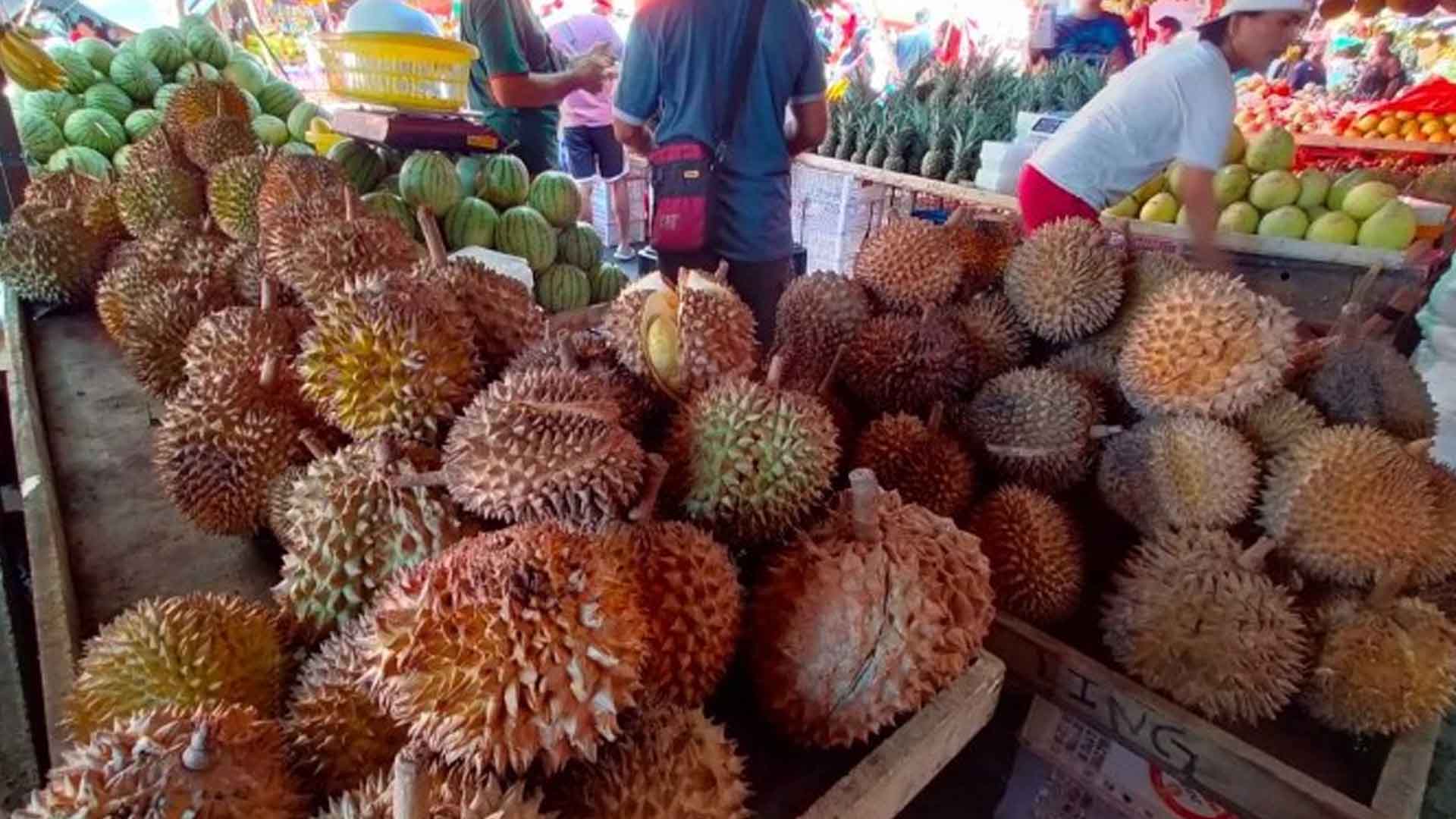The Department of Agriculture in the Davao Region (DAS-11) is fully supporting the innovative project of researchers to develop an imaging technology to determine the ripeness of durian fruits.
DA-11 Director Abel James Monteagudo said the technology is good for the fast-emerging industry of durian in the Philippines, particularly the Davao Region, as it began to export around 28 metric tons of durian to China.
“It will be a great help in the capability of farmers to sell durian of the right age and quality. Assuring them of good selling price and at the same time guaranteeing consumers of good quality durian,” Monteagudo said in an interview on Tuesday.
Undertaking the project expected for completion by the second quarter of this year are researchers from the University of the Philippines Mindanao (UP Mindanao) here and the Department of Science and Technology (DOST) Science for Change Program (S4CP).
The venture is funded under the industry-level Collaborative Research and Development to Leverage Philippine Economy program or i-CRADLE of the DOST S4CP.
Through the Artificial Intelligence-based Non-Invasive Grading System for Durian (AIDurian) project, UP Mindanao hopes to address the problem by developing a system that is capable of classifying durian based on ripeness, quality, and variety.
AIDurian aims to provide a more accurate and efficient post-harvest classification process.
Project AIDurian is the first i-CRADLE project in Davao Region and is part of DOST’s effort to expand the benefits of university-industry collaboration in increasing the competitiveness of Philippine industries through research and development.
The new system is seen to offer significant advantages over traditional methods of durian grading, which are often subjective and time-consuming.
Davao Region is the largest grower of durian in the country which accounts for about 80 percent of the nation’s total production.
However, losses in the durian harvest continue to occur due to low farm mechanization and post-harvest facilities, inconsistencies in fruit grading due to manual inspection, and inadequate workforce in durian processing. (PNA)







